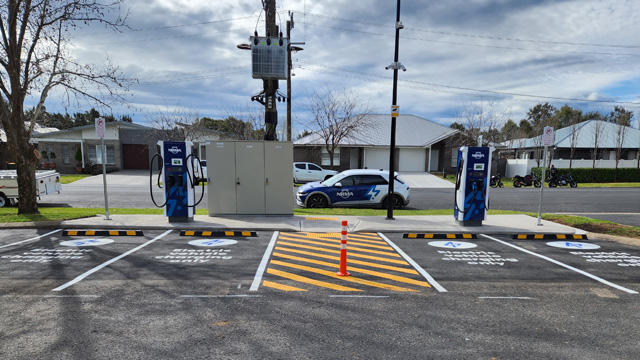RichardV
Member
NRMA press release on the opening,

The NRMA launches its 100th EV charger
The NRMA has today opened a new fast electric vehicle charger in Mudgee which is the first as part of the Driving the Nation Fund, and is the 100th charger in the NRMA’s expanding network of regional chargers.




